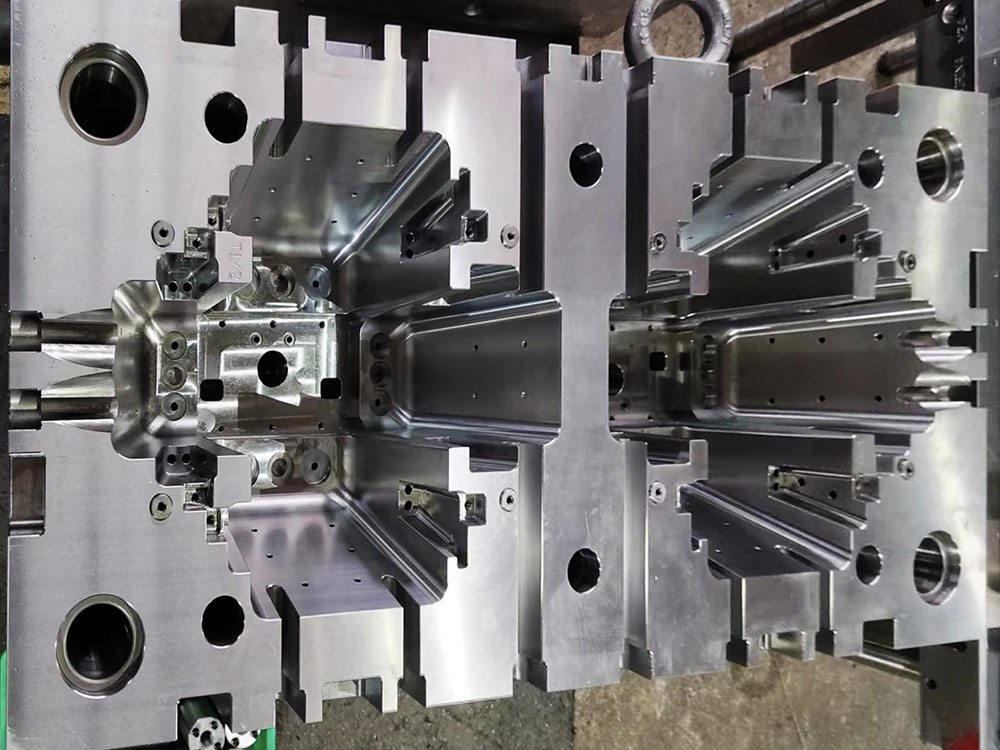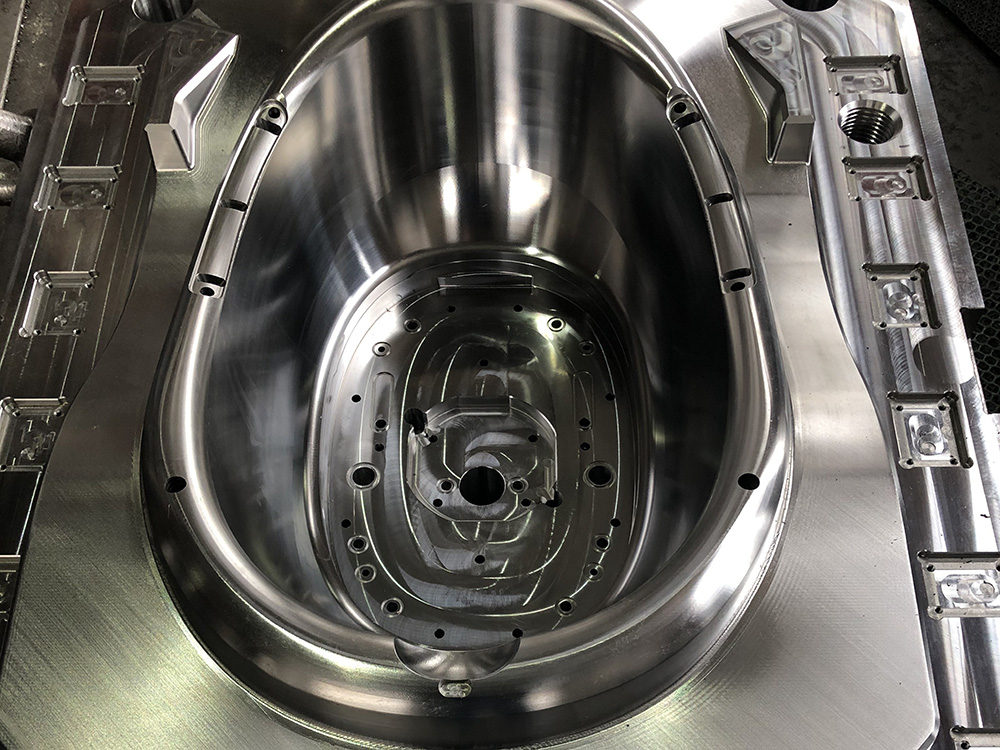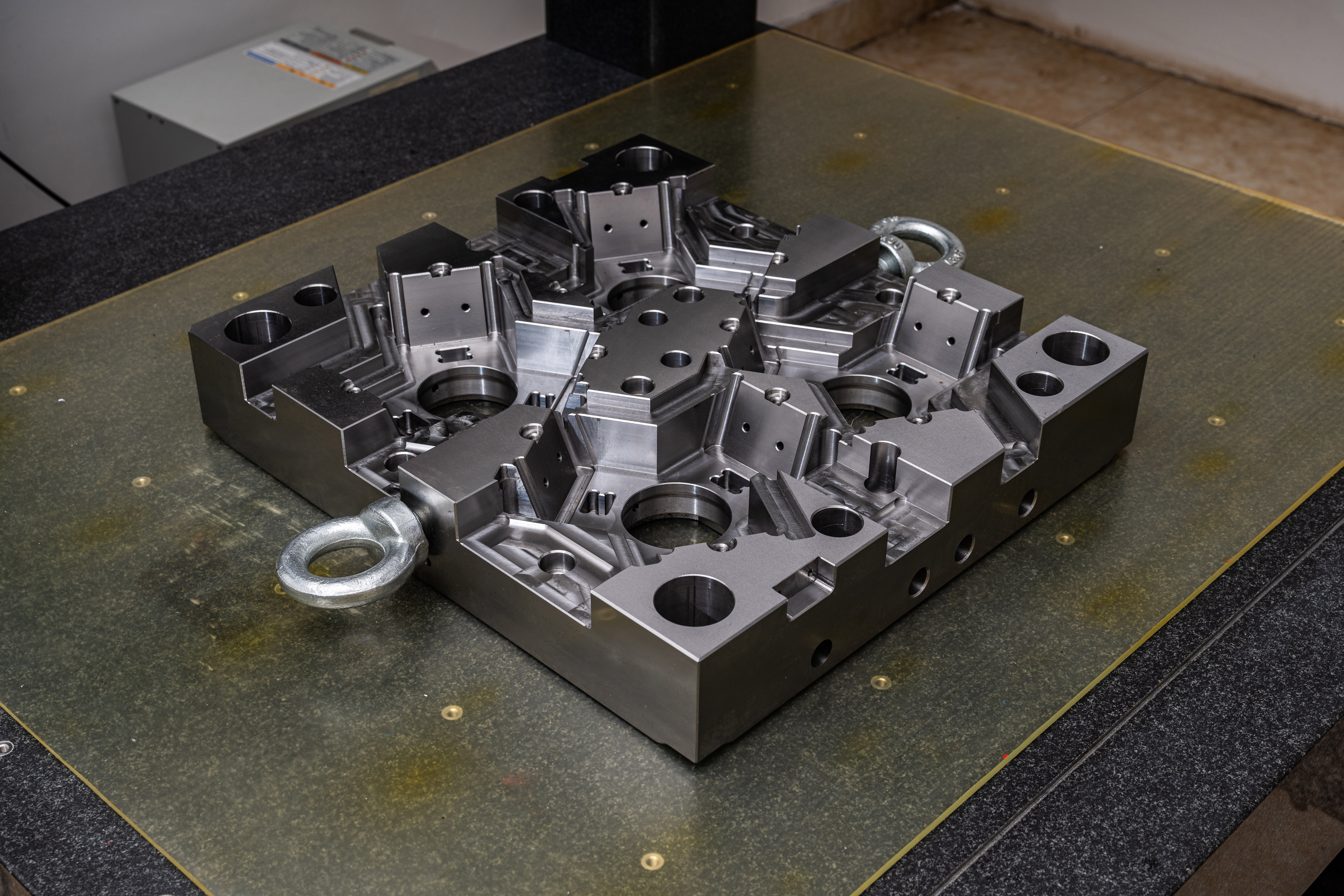The Mold Base Industry: Understanding How to Read an Electronic Diagram of a Staircase Formwork Support
In the mold base industry, understanding and interpreting electronic diagrams is essential for ensuring the accuracy and efficiency of mold design and manufacturing processes. In this article, we will focus specifically on reading an electronic diagram of a staircase formwork support, discussing the key elements and their significance. By following a methodical approach, professionals in the mold base industry can effectively navigate and comprehend these diagrams.
1. Introduction
An electronic diagram of a staircase formwork support provides a visual representation of the support structure for a staircase mold in a mold base. This diagram is crucial for mold engineers and designers as it guides the manufacturing process and ensures the formwork support meets the required specifications.
2. Key Components
2.1 Staircase Geometry: The electronic diagram displays the dimensions and angles of the staircase, including the number of steps, rise and run measurements, and overall dimensions. Understanding the geometry is vital for accurately constructing the formwork support.
2.2 Formwork Material: The diagram indicates the type of material to be used for the formwork support, such as plywood or steel. The material choice depends on factors like load-bearing capacity, mold design requirements, and cost-effectiveness.
2.3 Support Structure: The support structure represents the framework that provides stability and guidance during the concrete pouring process. The electronic diagram provides detailed measurements and specifications of the support structure, including the number, length, and position of beams, columns, and braces.
2.4 Connections: The diagram outlines the various connections between different components of the formwork support. This includes joints, fasteners, and connectors. Understanding the connection details is crucial for ensuring the structural integrity of the formwork support.
3. Reading the Diagram
3.1 Scale and Measurements: Every electronic diagram of a staircase formwork support will have a scale to represent the actual dimensions. It is essential to identify the scale and determine the measurements accurately. This ensures that the formwork support is constructed precisely as per the design specifications.
3.2 Coordinates and Reference Points: The diagram might include specific coordinates or reference points to accurately position the support structure within the mold base. Identifying these points is vital for ensuring proper alignment and the correct installation of the formwork support.
3.3 Sections and Elevations: The electronic diagram may include cross-sectional views or elevations to provide a comprehensive understanding of the formwork support from different perspectives. Analyzing these sections and elevations helps identify potential design issues and facilitates better decision-making during the manufacturing process.
3.4 Annotations and Symbols: The diagram may utilize textual annotations or symbols to convey additional information regarding specific components, materials, or construction techniques. Familiarizing oneself with these annotations and symbols is essential for interpreting the diagram accurately.
4. Conclusion
Understanding how to read an electronic diagram of a staircase formwork support is of utmost importance in the mold base industry. By comprehending the key components, following a systematic approach, and paying attention to details, professionals can ensure accurate and efficient mold design and manufacturing processes. The ability to interpret electronic diagrams accurately enhances the overall quality and performance of the mold base, contributing to the success of mold manufacturers and the industries they serve.




